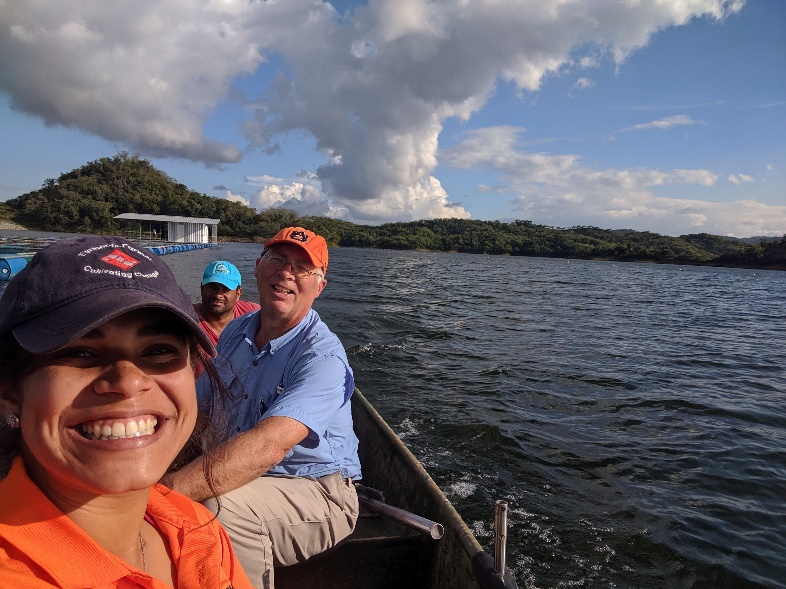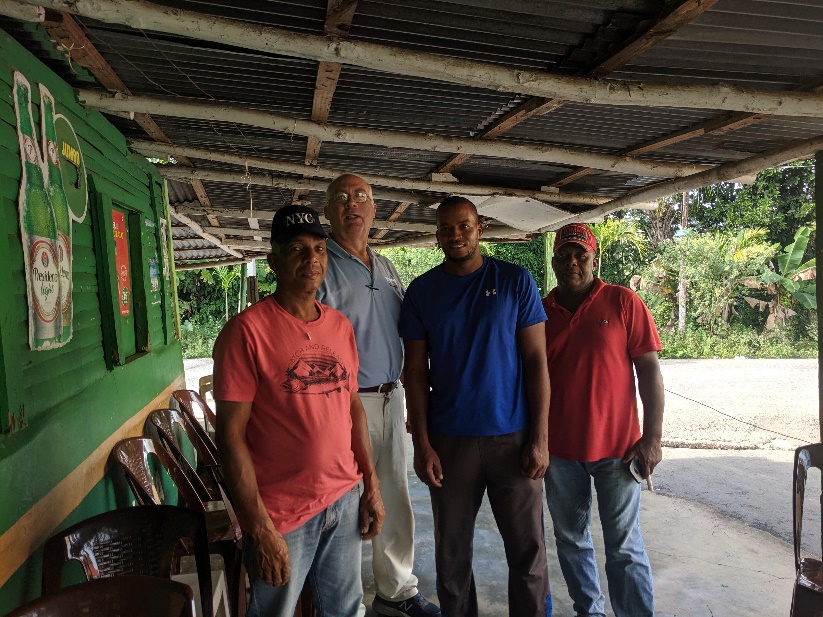I had visited the Dominican Republic several times before my volunteer assignment. My previous trips had been to the luxurious resorts along the aquamarine waters of the Caribbean Sea– La Romana’s Casa de Campo, Playa Juan Dolio and Punta Cana. I had never ventured into the real heart of this diverse country. My assignment would be helping new and established fish producers in the Villa Altagracia municipality thirty miles north of Santo Domingo.

My thirty-three years of aquaculture extension with Auburn University provided the adequate knowledge base I would need for this outreach mission. My doubts about how successful I would be were centered around the very limited resources and lack of industry infrastructure I was used to working with the progressive U.S. Farm-Raised Catfish industry. I work with producers who typically raise over a million pounds of fish annually. Now I would be working with producers with ponds a little bigger than a three-car garage.

My most memorable experience was visiting a new tilapia farm near the community of Las Rosas, a host the F2F Program in the DR works with by partnering with the NGO Service For Peace. We picked up a local high school teacher, they refer to them as “professors”, and he was going to direct us to a friend who had just started raising tilapia. We were tooling down an unpaved country road. He pointed up the river. This river was about fifty yards wide and as best as we could tell, the water was anywhere from ankle to shin deep with lots of pillow -sized boulders. We had crossed lots of rivers in our Ford Explorer. Now we weren’t crossing the river; we were going upriver. My field officer, Gabriela, turned the knob in the center console. We were now in four wheel drive. I had no idea how far up the river we were going.
After about two miles, constantly traversing from side to side of the river bed, choosing shallow water over deeper water, dodging boulders–it was like a scene from the movie Raiders of the Lost Ark except we weren’t being chased. I did think about a gully washer of a thunderstorm way upstream and wondering how we’d escape a sudden torrent of windshield-high water.

This was the farm’s only access. So all the farm’s feed, fingerlings, supplies and the harvested fish would have to come in or out the same way. And to think, I had farmers back home bellyaching to their road commissioner about a pothole in the front of their driveway!
Anyway, the producer was happy to see us. He was in the middle of applying cement to the inside levee of his newest pond by hand. I had never seen this done before so in the end I thought the field visit was well worth it. I gave him some advice on oxygenating incoming water so the fish could get some relief from low morning oxygen levels. He said he could easily adopt the technique. We then strolled through his grove of citrus and breadfruit, feasting on ripe, juicy oranges and tangerines. He invited me back. I may just take him up on that offer. I’ll bring my waders the next time.

Gregory N. Whitis